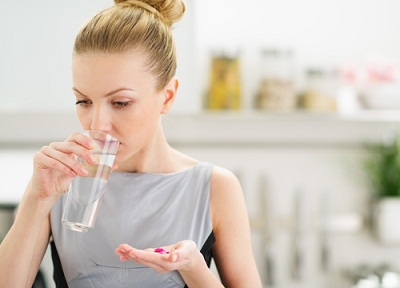Why Tony The Tiger Is Trying To Trick Us
By Dan Peterson, TeamSnap's Sports Science Expert
Tony the Tiger wasn’t always so ripped. Back in the 70s, the long-time cartoon “spokesanimal” for Kellogg’s Frosted Flakes was your average sized tiger. Then, when parents and government agencies cracked down on marketing unhealthy food to kids, Tony suddenly got into the weight room and bulked up. He started playing baseball and football with dads and their sons constantly being seen in an active, sports environment.
Meanwhile, over in McDonaldland, several of Ronald McDonald’s friends disappeared, including Mayor McCheese, the Fry Kids and the shake-loving Grimace. The underlying food from each company hasn’t changed much over the years but attempts to link health activities and characters to their products is no accident. In an interesting new study from the University of Colorado, it turns out that the physical appearance of these cartoon characters does have an effect on kids and their eating habits.
Margaret Campbell, marketing professor at CU-Boulder's Leeds School of Business, divided 300 kids, ages 6 to 14 into three groups. Before being offered candy and cookies on the way out, they were either shown a normal weight fictional cartoon character or an egg-shaped, rotund character which the kids perceived as overweight.
The kids who were shown the plump character grabbed twice as much candy and cookies on the way out the door as the group who saw a normal-sized character. Even when the groups were shown both normal and overweight cartoon characters, they ate more than a group that was shown no character at all.
"Because research like this is new––looking at kids and stereotyping particularly of cartoon characters––we weren't sure whether kids would be aware of bodyweight norms," said Dr. Campbell, the lead author of the study. "But surprisingly, they apply typically human standards to cartoon creatures––creatures for which there isn't a real baseline."
"They have a tendency to eat almost twice as much indulgent food as kids who are exposed to perceived healthier looking cartoon characters or no characters at all.”
The research has been published in the Journal of Consumer Psychology.
But, there’s hope for educating children with healthy eating habits, even when exposed to marketing images. In a third experiment, before seeing the unhealthy characters, the kids were reminded of the best options for their health by being asked which of two pictures or words were better for them; sleep vs. watching TV, soda vs. milk, sitting indoors vs. playing outside. With this primer in their brains, they ate less candy and cookies even after seeing the same out of shape characters.
"This is key information we should continue to explore," said Dr. Campbell. "Kids don't necessarily draw upon previous knowledge when they're making decisions. But perhaps if we're able to help trigger their health knowledge with a quiz just as they're about to select lunch at school, for instance, they'll choose the more nutritious foods."
Dr. Campbell hopes that this new research will help parents navigate a new world of conflicting marketing images and messages. Seeing a buff Tony the Tiger does not make Frosted Flakes any healthier but Kellogg hopes to plant that subconscious link in kids’ brains.
"What I would like to see is companies being a lot more responsible with their own marketing choices," said Campbell. "I think it is important for parents to know they should think about the way they might be associating food with fun for kids––in the form of exposure to cartoon characters, for instance -- as opposed to associating food with nutrition and the family structure."
NEW! Free Sports Organization Resources
All of TeamSnap's ebooks, articles, and stories in one place. Access Now
Similar Articles:
The Best Healthy Snacks for Kids & Young Athletes
If you want your kids to get out there and play their best,…
Read More

The End of the Pasta Party: Why a Low-Carb, High-Fat Diet is Best for Athletes
By Dan Peterson, TeamSnap's Sports Science Expert …
Read More

What Athletes, Coaches, and Parents Need to Know About MRSA
By Dan Peterson, TeamSnap's Sports Science Expert …
Read More
